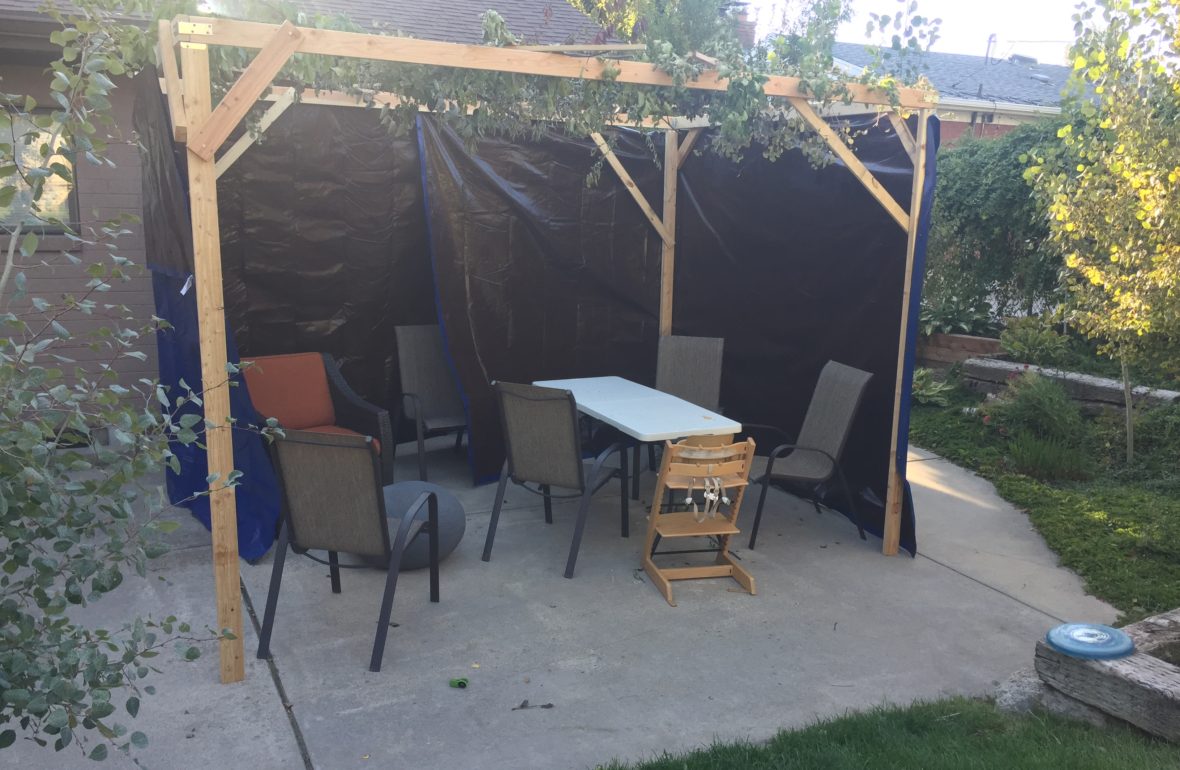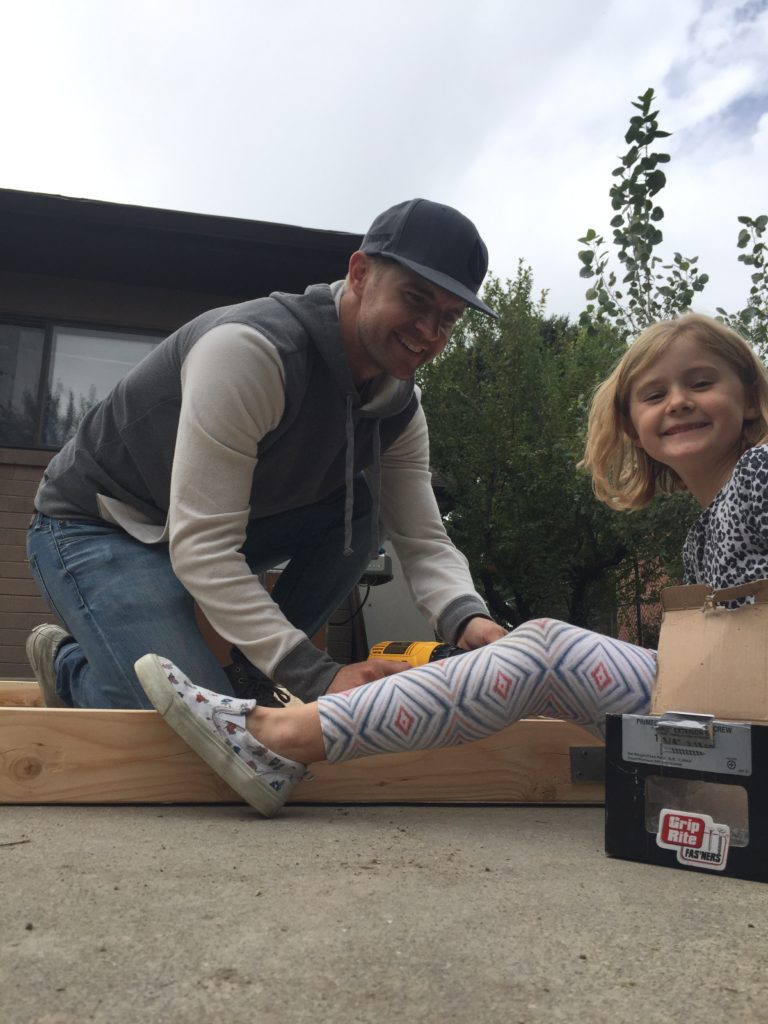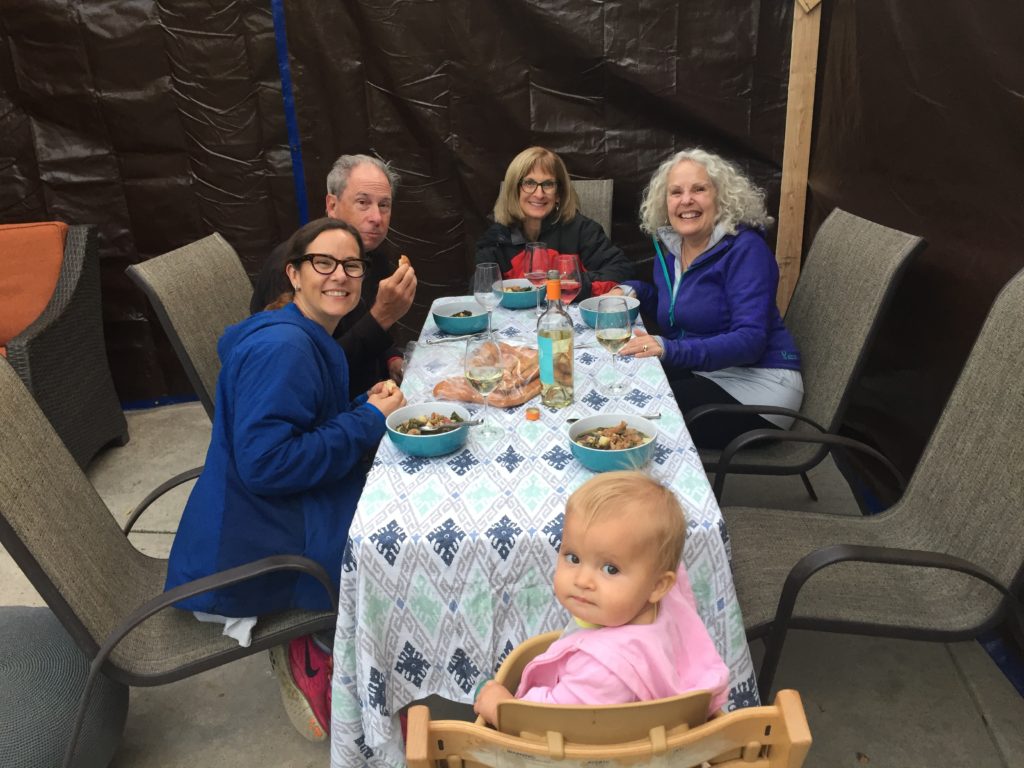
Sukkot is one of the big Jewish holidays that we at Abraham’s Wallet have come to love and value for its impact on our families. It tosses us fathers a veritable softball to smash out of the park: the teaching opportunities are easy, highly physical (easy for little brains to grasp, since they’re so sensory)… and lots of fun. That makes Sukkot a great holiday for the budding family leader seeking to get his feet wet. (“I don’t know how to get into this crazy world of Jewish stuff! The bar for entry is too high!” “No, not really. Just try. Everybody will love you for it. The Wallet will show you how, monsieur.”) Even the normal barrier of “I have little kids; they make all teaching impossible” doesn’t apply here. Sukkot is an all play! Should we hear what it is and how to do it? Onward.
What is Sukkot?
God led his people through the desert for quite a while following their captivity in Egypt. (THAT deliverance, we’ll celebrate about 6 months from now, at Passover!) During this time of wandering, it was pretty easy for them to know–really KNOW–that their very lives were directly dependent on the mercy of the Creator. For the love: their food fell down from heaven every day. Come on.
But eventually the Israelites arrived at their destination. They built a temple and permanent residences, and established the requisite homeowners associations. (They were Jewish; you know they saw the financial opportunities immediately! Hey-o!) This was all a part of the plan, of course, but God made special provisions for his people as he knew that they would struggle to remember their dependence on Him given their newfound craftsman bungalows in le promised land. He said, “Once a year I want you to set up tents outside of your homes and remember that your homes aren’t your source of protection… that would be Me”. And thus was born Sukkot, the “festival of booths”, or tabernacles. Ever since its inception, Sukkot has been celebrated by the Jewish people. Jesus himself was a big fan of this holiday! Mazel tov!
Sukkot is celebrated for a week, starting just after Yom Kippur (you DON’T have to know this; there will be no quiz). This year, that means Sukkot runs from Sunday, September 23rd to Sunday, September 30. The main celebratory act in our family (as in most) is the construction of, and dwelling in, the “Sukkah” (= “booth”): a 3-walled shelter-type thing with a roof made of vegetation. During the week of Sukkot, we eat all of our meals in the Sukkah. I also do my best to schedule meetings in the Sukkah for work and spend time with my family and as many guests as we can gather up… in the Sukkah. The goal is to spend as much time as possible in the Sukkah (some people even sleep there); this is totally common in Israel. The Ohio/Kentucky Abraham’s Wallet contingent has been known to create weeklong block parties out of Sukkot: bounce houses, petting zoos, feasting and sharing of the festivities among a whole crew of neighbors over the course of the holiday. Sounds like rock rock on, right?

How do we celebrate Sukkot?
Well son, you’re gonna need a Sukkah. Here and here we’ve provided a couple of resources for this. If you’re really strapped for time, you can even buy a whole Sukkah on Amazon. Don’t get too hung up, the basic elements are at least 3 walls (but you don’t want a full enclosed space), a roof made primarily from vegetation and open enough for you to see the stars at night (if you’re in the greater Los Angeles area you may substitute passing planes for stars. We will also accept “life threatening smog”), and enough space for your family to eat inside. Bonus points may be awarded for larger spaces that will allow you to comfortably work from the Sukkah. Here in Utah, the weather is a crapshoot and our Sukkah benefits from portable heating and lighting. Of course, due to the open ceiling, if it rains the Sukkah gets wet, and in that case we enjoy a wet family prayer and take a nip of bread before enjoying our meal indoors. This is acceptable, though not optimal.

Personally, I build my sukkah right next to my house. Every single meal we eat in the sukkah will start with the same questions – “kids – why are we out here in a tent instead of inside of that big brick home?”. And they say some version of, “because that house isn’t what protects us – the LORD protects us”. And we’ll run through that same line of questioning with regard to our money, our education and all of the good gifts that we are happy to steward. Sukkot is a week in which we use the physical world to remind ourselves of the spiritual realities that we rely entirely on the Father. Like I’ve said at Passover and even Purim, the Jews are very good at using the physical world to usher in teaching on spiritual truth.

And this is where I think such holidays are phenomenal entry points for the Abrahamic family leader (YOU, bucco) who wants to try his hand at teaching. No, it’s not easy to get a four year old to listen to your Bible Study, but it IS easy to enlist their help in Sukkah building and indulge their delight in outdoor dining. By engaging with physical rhythms like Sukkot, you’ll also get to experience the joy of watching your children grow and change in their understanding over time. I hereby release you from impressing the deep spiritual truths on your young kids each time you enter the Sukkah. Just tell them, “We’re out in a tent like God’s people were and we are happy that God takes care of us… and that’s all you need right now!” You’ll get to watch with pride as they grow and grasp the fullness of the symbolism and its relevance to our Jesus-following way over time.
On that note, for any of you with young kids, please be taking advantage of the power of rhythms and nostalgia (read: traditions). Whether it’s Christmas cookies or Sukkah-building, there’s increasing evidence that nostalgia can combat anxiety and depression. Imagine that? Anchoring oneself to something lasting that happens over and over can help us make sense of things instead of worrying about the inevitable variances in our situation. For my part, I’d like to drill those tradition anchors into the God of Israel and His eternal plan for salvation. (But that’s just me; some people prefer St. Patty’s Day. Or Festivus.) Whatever your specific practices are, engage in these rhythms that refer back before your lifetime, and will go on after you’re dead and gone.
Lastly, I’m of the opinion that physical practices are key to creating the visceral memories that cement these multi-generational anchors in our brains. Can you see why we’re so enthusiastic towards the Jewish holidays?! Case in point: I don’t remember very many specific moments from my family’s Christmas Eve festivities, but the second I catch a whiff of a sausage ball, I’m ready for good times and family celebration–that aroma just does it for me BECAUSE THEY WERE MADE EVERY YEAR. Or when I engage in the act of decorating a Christmas tree, I feel connected to something good that I can’t exactly describe (you too? Not surprised). THIS is the power of physical practices and rhythms. Thanks to this great idea of God’s, which is that traditions are supposed to be happening ALL YEAR in the form of feasts and festivals (we just call them “Jewish” because they’re the only people who historically take them seriously… really they’re just “Biblical”), we can expand our range way beyond Christmastime. So let’s!
Did I mention that you should just TRY SOMETHING? Come on. Try!
Once you’ve built your sukkah, and begun to take your meals in there, and lead your family through a little bit of reflection on God’s protection and provision, there are some Sukkot 2.0 options for deeper engagement:
- We are really blessed to have multiple generations nearby, so we make a point to include those in our Sukkot meals. Again, I’m trying to draw long lines for my family that show God’s hands working over time across generations. Having great grandma in the Sukkah adds to that sense.

2. If you have Jewish friends celebrating Sukkot, they will likely engage in the taking of “the four kinds”. The four kinds are a palm branch, two willows, three myrtles and one citrus. The three leafy items are bound together and used for prayers and blessings during Sukkot. You can learn more here about the significance of the four kinds. We have found it super inspiring and educational to visit Jewish friends’ sukkahs during Sukkot (bonus: during Sukkot, they kinda HAVE to host you if you inquire! Score!) and just ask questions and share experiences. (They will usually be blown away that you actually want to try something Biblical as a Christian. This is embarrassing but there you go.)
Otherwise we mostly just do our best to feast it up for 7 days during Sukkot. We invite neighbors over, explain that this structure they’ve been observing is not a part of a cultic ritual, and enjoy good food and wine with them in our backyard. I enjoy fall breezes and benefit from the power of my fancy wifi router that allows me to work from the back yard. This year, we will even be traveling to the Cincinnati region to learn more from our friends like Jeremy Pryor for part of the Sukkot holiday. Hooray!
Now go forth, boys, and have a blast. We’d love to hear from you about how your family grows and celebrates during this delightful holiday!
*Mark Parrett is one of the founders of Abraham’s Wallet. When not blogging for you here, he’s raising a family in Salt Lake City, UT and working as a financial planner at Outpost Advisors.






